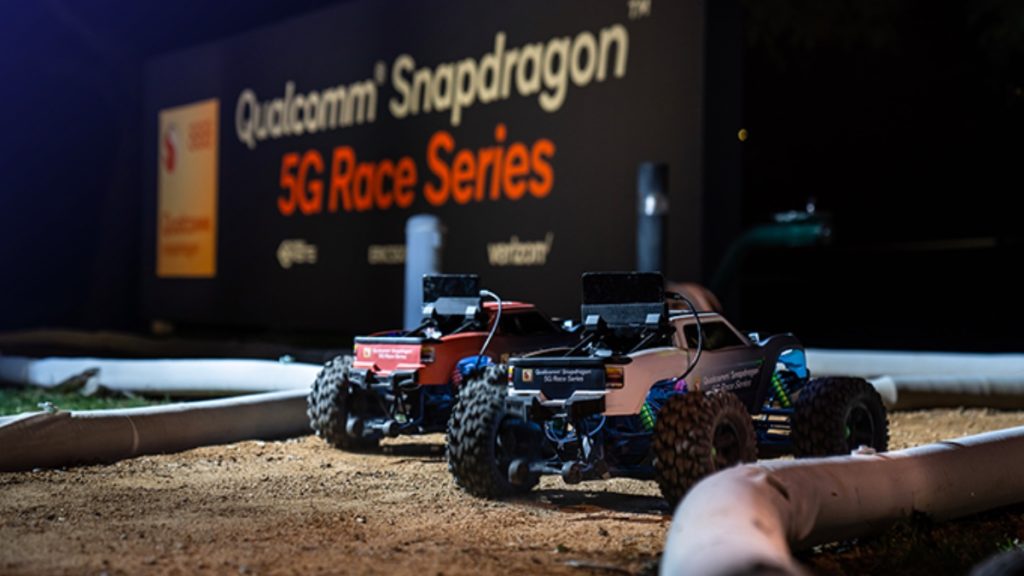Less than a month after Apple’s A14 Bionic-fitted iPhone 12 made it to the market, the Qualcomm Snapdragon 888 5G is here to compete. While the iPhone has its own proprietary chips, most Android phone-makers go with a Qualcomm or a MediaTek SoC. In short, we now get to write about Qualcomm Snapdragon 888 vs. Apple A14 Bionic and compare the latest iPhone with the upcoming Android devices.
Qualcomm Snapdragon 888 5G Vs. Apple A14 Bionic

Let’s get started with an outline of what’s going on. On the first day of the Snapdragon Tech Summit Digital, Qualcomm unleashed its latest Snapdragon 888 SoC. The chip is the latest in the Snapdragon 8-series, which are flagship processors from the Chinese chip-giant. It’s not just 5G-ready but comes with an integrated X60 5G modem-RF system.
While the company is tight-lipped about all the specifications, some of the details were announced in the keynote. The Snapdragon 888 5G has a new 6th Gen AI engine, running on the re-engineered Qualcomm Hexagon processor. The company also announced that the chip features a “significant upgrade” to the Adreno GPU. The chip sees improvements in the photography area, with a beefed-up Qualcomm Spectra ISP that can capture photos and videos at 2.7 gigapixels per second or roughly 120 photos at 12MP resolution.
On the Apple side of the ring, we have its first 5G-ready heavyweight, the Apple A14 Bionic. Based on a 5nm design, the chip came with crazy benchmark results and tossed the current standing Android flagships out the window. Apple called it the fastest chip on a smartphone. In terms of image processing, the SoC enables the iPhone 12 lineup to shoot in Dolby Vision.
SD888 Crushes A14 Bionic In 5G

While Qualcomm has reported significant gains in all segments when it comes to the Snapdragon 888 5G, the 5G part stands out. We can confidently say that the chip beats Apple’s A14 Bionic in terms of battery consumption while using 5G. Now at par with the 5nm design of the Apple chip, the SD888 has an integrated 5G modem. It’s superior to Apple’s power-hungry external modem.
That said, Qualcomm has clearly left Apple behind when it comes to optimized 5G delivery. We’ll wait for the full specifications and benchmarks to compare the two, but it looks like the new Snapdragon 888 5G might give the A14 Bionic a run for its money.
It’s More Than Just Processors
When we compare Android and iOS processors, we often forget that the processors are not the only thing on the device. There’s the phone’s hardware, UI, RAM, and a lot more that adds to the user experience. For instance, Samsung phones tend to go slow over time because of the OneUI skin. It’s RAM-intensive and takes a large chunk of your phone’s memory.
Then we have stock Android devices, which are easy to use and receive faster updates and offer a snappier user experience. When it comes to iOS devices, certain apps have a better interface, the cameras have uniformity, and the device is capable of staying consistent because the software makes full use of the hardware.
So when we talk about user experience, a chip is as good as the other hardware it’s paired with. While the Qualcomm Snapdragon 888 5G certainly has some muscle to it, the end result will be in the hands of phone makers that use the chip.
The post Snapdragon 888 Vs. A14 Bionic: Looks Like We Have A New 5G King appeared first on Fossbytes.
Snapdragon 888 Vs. A14 Bionic: Looks Like We Have A New 5G King
read more
No comments:
Post a Comment